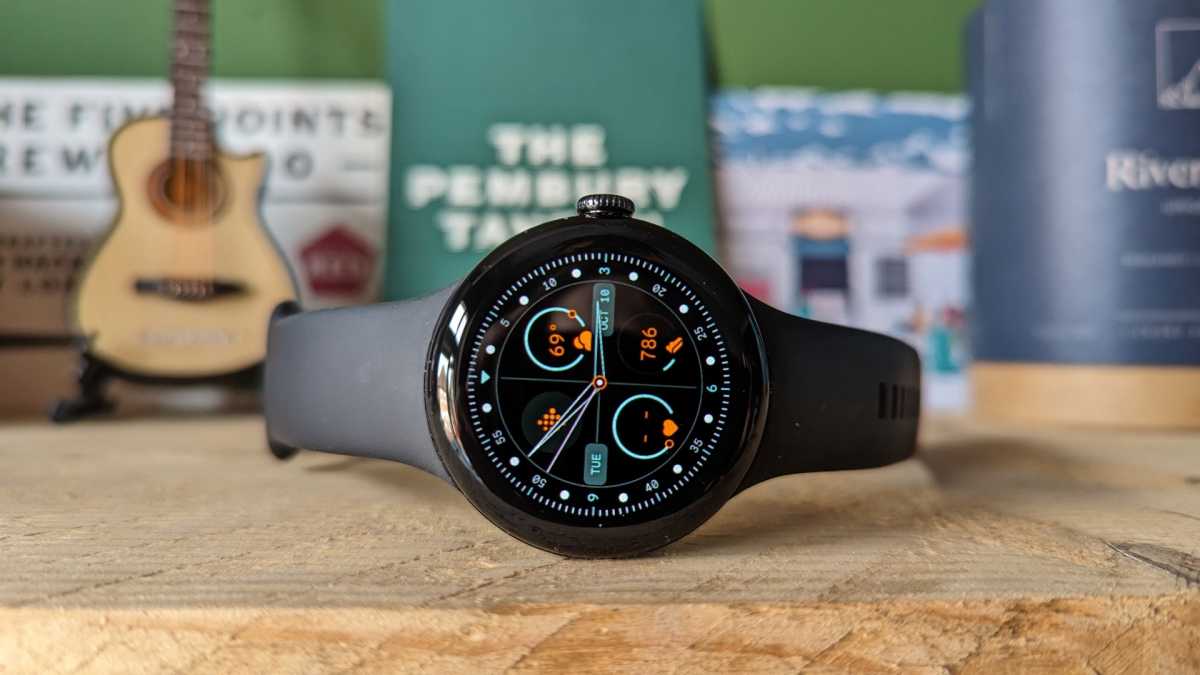At Google’s I/O conference in May, the company revealed more details about what smartwatch users should expect from the new version of Wear OS.
Fortunately, you won’t have to wait long for it, as we’ve just learned the release date and the first devices that will run on Wear OS 5.
So, is it something to get excited about and how will it change how you use that smart wearable on your wrist? Here’s all we know about Wear OS 5 so far.
When will Wear OS 5 be released?
Wear OS 5 officially debuted alongside the Galaxy Watch 7 and Galaxy Watch Ultra at Samsung’s Unpacked launch event in Paris on 10 July 2024.
There are plenty of point releases (2.2, 3.5, etc.) that introduced new features, but here’s when the previous main version made their debuts:
- Wear OS 1 – March 2018
- Wear OS 2 – September 2018
- Wear OS 3 – August 2021
- Wear OS 4 – July 2023
Which devices will be compatible with Wear OS 5?
The first devices that will run Wear OS 5 are the Galaxy Watch 7 and Galaxy Watch Ultra. However, note that it’s Wear OS Powered by Samsung based on Wear OS 5 so will differ to other versions.
Besides, Google hasn’t released a list of devices that will be supported by Wear OS 5 yet, so we can only speculate on what other watches will be able to work with the new software.
The only obvious device is the upcoming Pixel Watch 3 which is set to arrive on 13 August alongside the Pixel 9.
Of course, we expect the Pixel Watch and Pixel Watch 2 to receive the update. Recent models from the likes of OnePlus, Xiaomi, Oppo, Mobvoi and more should also be kept in the loop.
We’ll update this as and when we get more solid information.
What new features will there be in Wear OS 5?
Google announced some of the main new updates that will come with Wear OS 5 at I/O, although it seems more like a refinement and performance version as opposed to an overhaul including loads of shiny new things.
Here are the highlights:
Battery life improvements
In its The Keyword blog, Google has confirmed that improved battery life will be a priority in Wear OS 5.
It seems to suggest that this will be achieved through increased performance efficiency, with the post stating that, ‘running an outdoor marathon will consume up to 20% less power when compared to watches with Wear OS 4’.
With some smartwatches struggling to last a day, this is good news.
More advanced fitness tracking features
In the same blog post, Google outlined how Wear OS 5 will support advanced tracking metrics including, ‘ground contact time, stride length and vertical oscillation’.
All of this is good news for runners who really want to pay attention to their technique and style of motion. It probably won’t be much use to any other fitness activities, but Google could still announce improvements that pertain to sports and monitoring your workouts.
Google adds some flavour to watch faces
Another improvement coming with Wear OS 5 is an updated approach to how watch faces are designed and laid out.
The Watch Face Format – the tool developers can use to create watch faces for Wear OS – will now offer more advanced complications (the additional bits of data you see on the face).
This should make for a more interactive and useful display, with Google saying that the complications will support two main new features – Goal progress and Weighted elements.
These allow the display to show you how near to completing the target you’re tracking you are, or indeed if you’ve surpassed the goal. Weighted elements are where the information shown is broken down into smaller chunks or subsets, which act like a pie chart where you can see your progress in more granular detail.
There’s also the new ‘flavors’ that are being introduced which give developers a range of preset layouts they can choose from when creating watch faces.
Live weather data
Another nice addition is the inclusion of live weather data in Wear OS 5 so you can see if it’s going to rain soon or whether you need to put your shorts on for the impending heatwave that’s set to arrive in the afternoon.
That’s all we’ve seen so far, but Google could announce other features in the months ahead, so we’ll keep updating this article if new information comes to light. Until then, be sure to check out our guide to the best smartwatches to see which wearables you should be considering this year.














